With clear policies on taxation, regulation, and security, India can turn blockchain-driven infrastructure into a global benchmark for decentralized development.
New Delhi: Decentralized Physical Infrastructure Networks (DePIN) are redefining how infrastructure is funded and managed. For India, this emerging model aligns perfectly with national goals of Atma Nirbhar Bharat and Digital India.
Consider DeCharge — a grassroots electric vehicle (EV) charging model where individuals and small businesses install chargers, monitor availability and payments through blockchain, and earn directly from providing the service. This approach, part of the broader Decentralized Physical Infrastructure Network (DePIN) movement, demonstrates how shared ownership can accelerate deployment, boost local entrepreneurship, and circulate capital within communities.
According to Messari, DePIN networks had locked over $5 billion by mid-2023, with projections exceeding $50 billion by 2030. Globally, Newzchain reports more than 1,500 active projects with a market size between $30–50 billion, while the World Economic Forum expects the sector to reach $3.5 trillion by 2028, driven by Decentralized Physical AI (DePAI). For India, this evolution aligns naturally with the vision of Atma Nirbhar Bharat, promoting self-reliance, digital inclusion, and new forms of capital creation.
Vital DePIN Use Cases:
1. DeCharge: Addressing India’s growing EV needs, DeCharge empowers individuals and MSMEs to set up charging stations, using blockchain for transparent tracking of usage and payments. By 2024-end, it surpassed one million minutes of charging, earned recognition at India Blockchain Week, and raised $2.5 million in seed funding from Lemniscap and other investors. The model lowers costs, expands access to underserved areas, and strengthens domestic participation in clean mobility.
2. Aethir: Founded in 2021 by Daniel Wang and Mark Rydon, Aethir connects businesses requiring compute power with individuals offering spare GPUs. Backed by $9 million in funding and partners including NVIDIA and CARV, it enables affordable AI training and gaming services while creating recurring income streams for hardware owners.
3. Dabba Network: Built on the Solana blockchain in 2017, Dabba Network replaces centralized telecoms with locally managed WiFi hotspots. Anyone can buy a device, with community partners handling setup. Fast, low-cost transactions reward operators while bringing connectivity to previously overlooked areas.
Strategic Advantages for India
India’s infrastructure and connectivity gaps continue to limit economic inclusion. While mobile penetration is strong, reliable broadband and EV charging coverage remain inconsistent—especially in rural and semi-urban regions. DePIN models offer an alternative: community-driven, blockchain-backed systems that allow citizens to build, manage, and benefit from their own digital infrastructure.
Such networks ensure that value remains within local economies rather than flowing to centralized intermediaries. Importantly, DePIN complements rather than replaces traditional frameworks — governments can set standards and policies, while community and private initiatives ensure faster, more inclusive rollout. Events like the Solana DePIN Summit and Bengaluru’s growing Web3 ecosystem highlight India’s readiness to lead in this space.
How DePIN Creates Value Across Sectors
1. Physical Resources in Action: DePIN networks coordinate real-world assets — from sensors and solar panels to GPUs and chargers — through crypto-based incentives. Participants contribute and earn fairly for their role in building and maintaining infrastructure.
2. Blockchain as the Coordinator: Blockchain technology ensures transparent, automated, and tamper-proof management of contributions and rewards through smart contracts, enhancing efficiency and trust.
3. Real-World Applications: From Helium’s decentralized wireless coverage to Filecoin’s open storage markets and DeCharge’s EV rollout, DePIN is redefining how physical systems are built and shared. A Grayscale study identified Solana as a leading blockchain for DePIN due to its scalability and low transaction costs.
Policy Priorities: Taxation, Regulation & Security
1. Taxation: Establish clear, predictable tax rules for token rewards, infrastructure income, and capital flows. Transparent frameworks will reduce investor uncertainty, promote compliance, and encourage formal participation.
2. Regulation: Foster innovation through regulatory sandboxes, interoperability standards, and public-private partnerships. Such clarity enables safe experimentation, consumer protection, and efficient sectoral growth.
3. Security: Ensure device, network, and governance resilience through standards for firmware safety, on-chain governance, AML checks, and robust incident response. Blockchain-backed systems inherently enhance transparency and accountability.
The Path Forward for India
DePIN’s token-driven model can spur micro-entrepreneurship, capital formation, and community-based infrastructure development. To realize its full potential, India should:
DePIN represents a transformative model for empowerment, inclusion, and resilience. By rewarding community participation and ensuring transparent governance, it redefines how infrastructure is deployed and maintained. With clear policies on taxation, regulation, and security, India stands poised to turn its digital and physical gaps into opportunities — advancing the goals of Digital India and Atma Nirbhar Bharat through community-owned, future-ready infrastructure.
Conclusion
• Introduce regulatory sandboxes for DePIN pilots.
• Define tax treatments to encourage participation and avoid double taxation.
• Support public-private pilots in underserved regions.
• Set security and device certification standards for consumer safety.
• Frame crypto-friendly policies to anchor India’s leadership in the global Web3 economy.




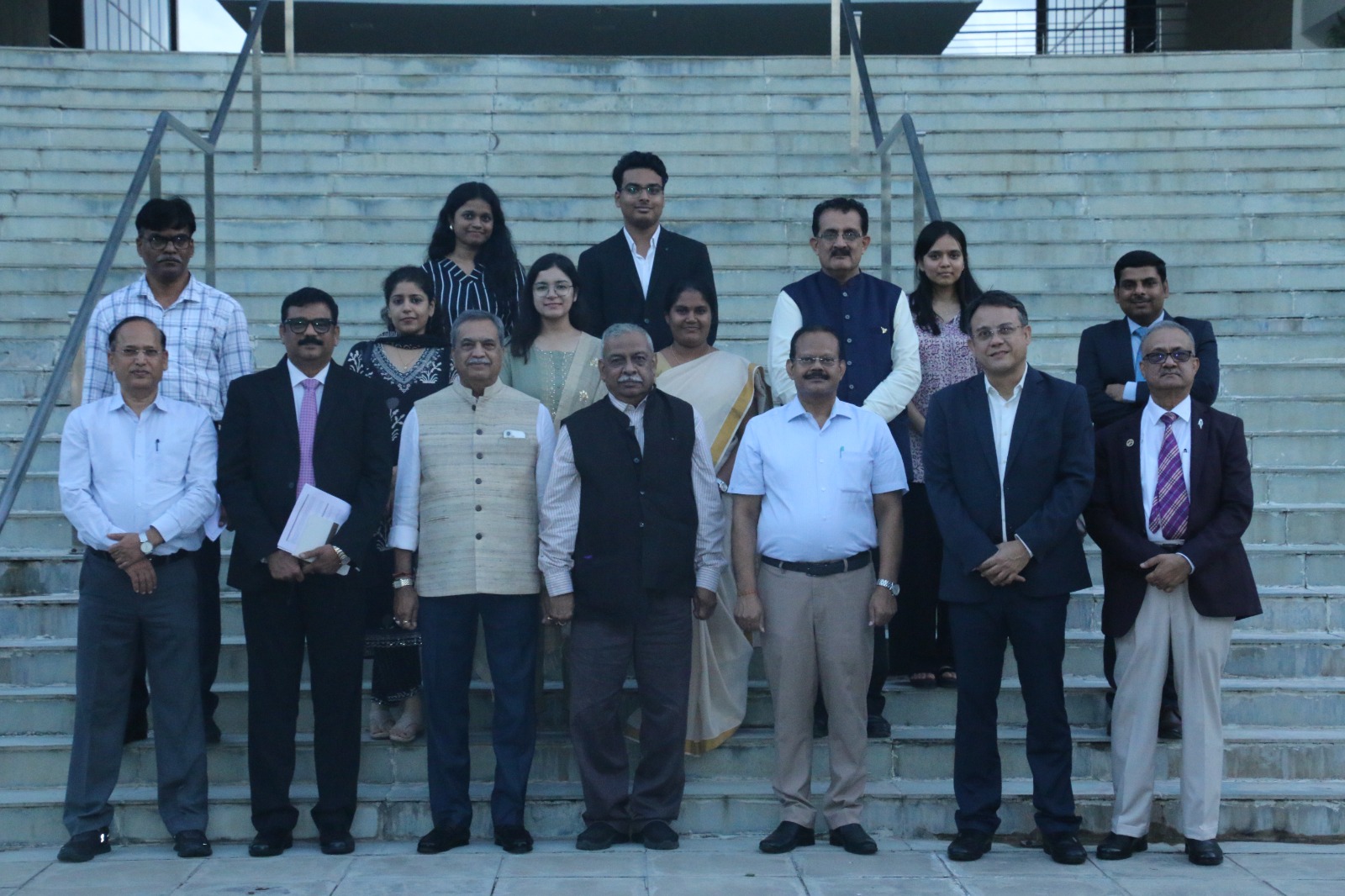





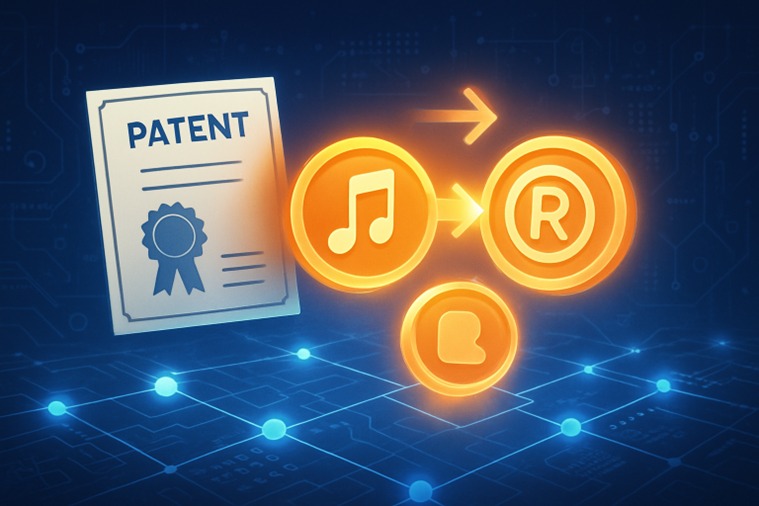
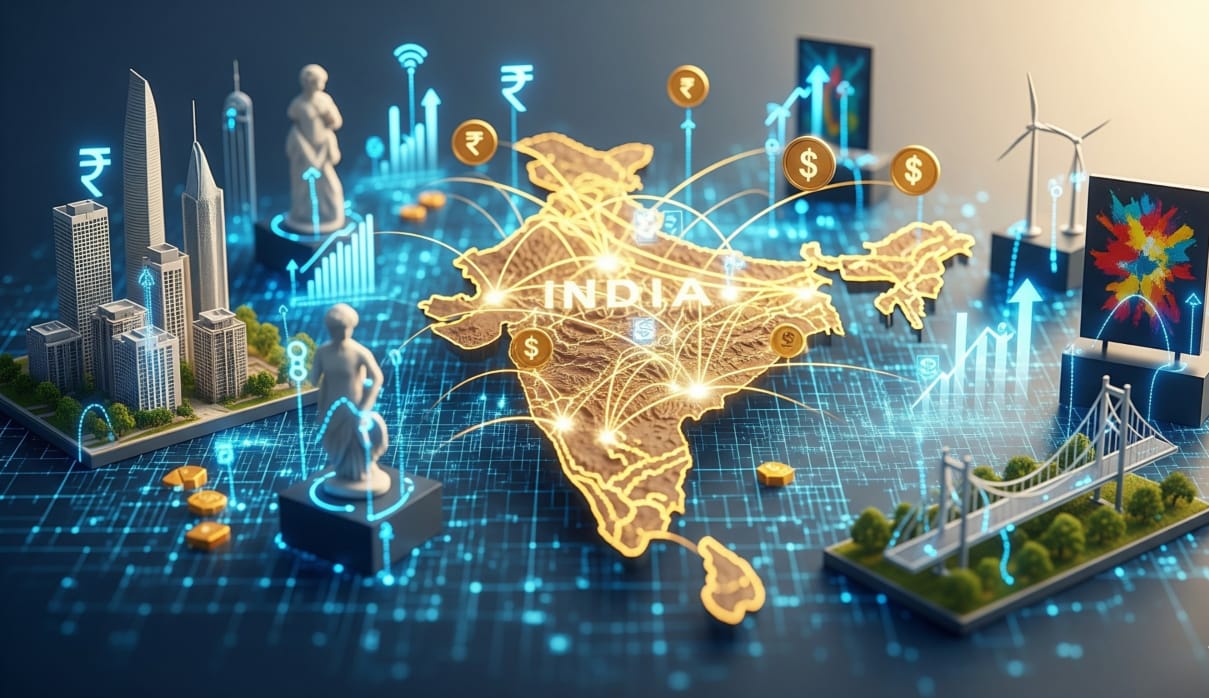

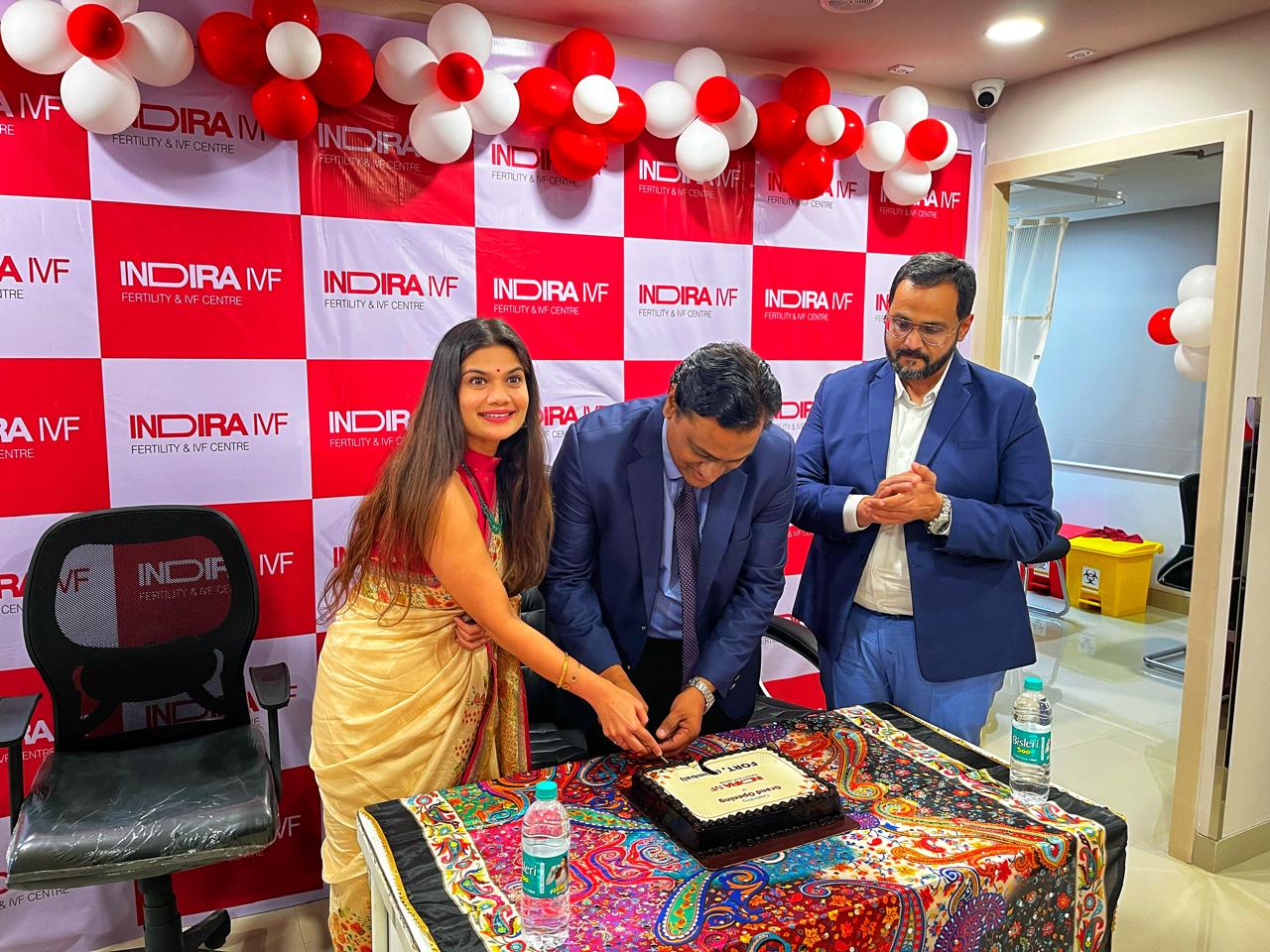

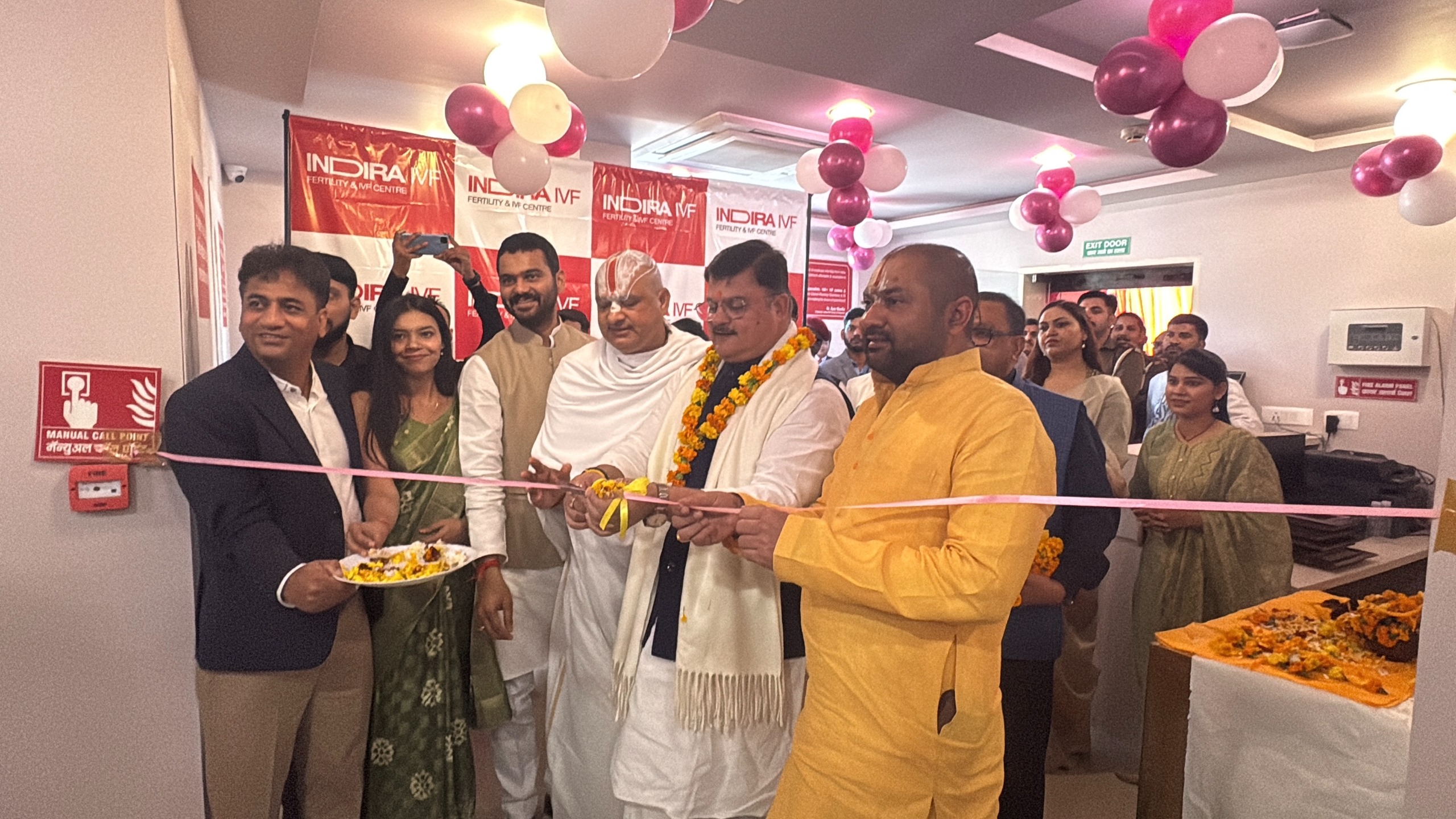

Leave a Reply